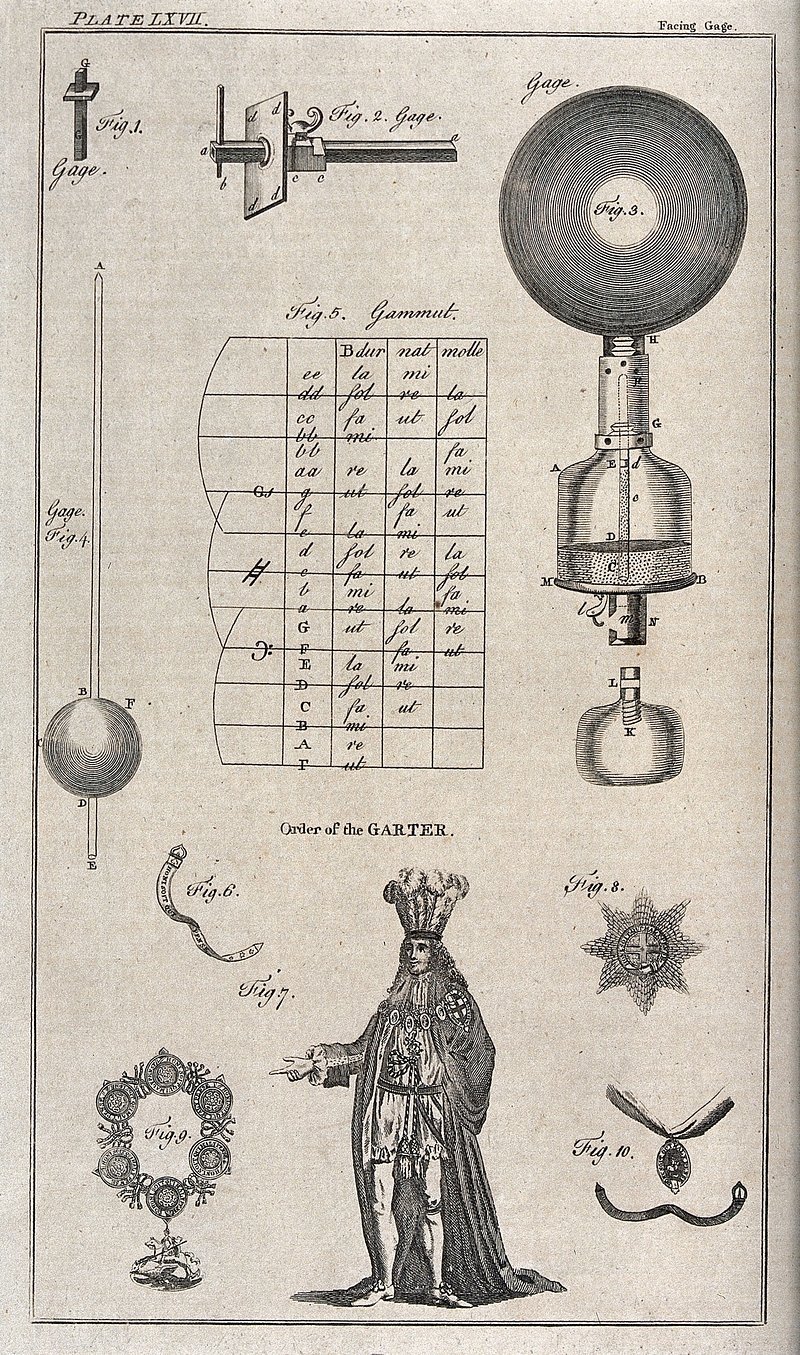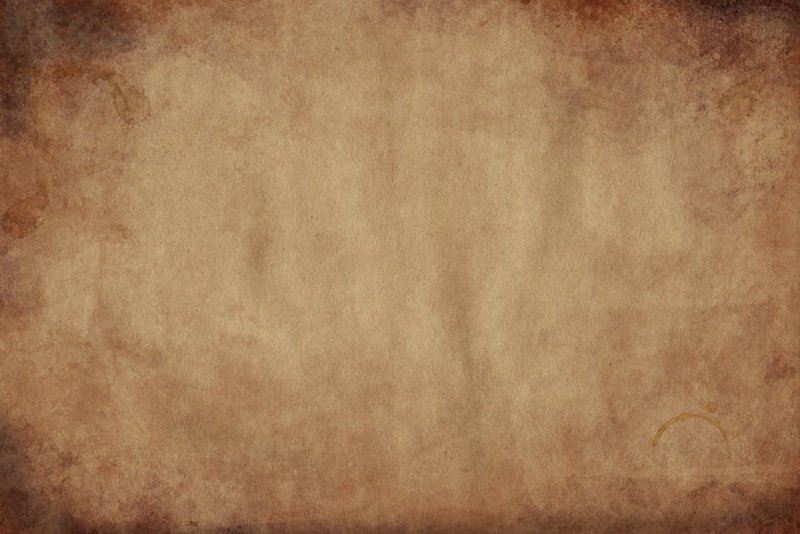Standing in my London hotel room overlooking the Thames, I can’t help but feel a connection to the scientific genius who once walked these same streets. Robert Boyle—a name I’ve encountered countless times during my research trip—has captivated my imagination in ways I didn’t expect when planning this journey through the history of science.
As I trace Boyle’s footsteps through modern London, I’m struck by how this 17th-century Irish nobleman transformed our understanding of the physical world through methodical experimentation and careful observation—principles that remain at the heart of today’s quantum computing revolution.
Boyle – The Unlikely Scientific Pioneer
Born in 1627 to immense privilege as the seventh son of the Earl of Cork, Boyle’s path to scientific greatness wasn’t obvious. Losing his mother at just four years old and battling frail health throughout his life, he might easily have retreated into the comfortable aristocratic lifestyle his wealth afforded.
Instead, young Robert developed an insatiable intellectual curiosity during his education at Eton. His tutor, John Harrison, nurtured what would become a lifelong passion for reading and learning—sometimes having to force the studious boy to take breaks from his books to play outdoors.
Walking through the grounds of the Royal Society today, I can almost picture Boyle hurrying to meetings, perhaps bundled in layers against the cold that troubled him so. His kidney stones and other ailments led him to experiment with remedies on himself, an early example of his commitment to empirical investigation.
“I’m not entirely sure I’d have his courage,” I murmur to myself as I examine a reproduction of one of his air pump experiments. “Testing unknown medicines on yourself requires either remarkable bravery or remarkable desperation—probably both.”

Boyle – The Birth of Modern Experimental Science
What strikes me most about Boyle isn’t just what he discovered, but how he approached discovery itself. In an age where alchemy and mysticism still held sway, Boyle insisted on rigorous experimentation and observable evidence.
His most famous contribution—Boyle’s Law—describes the inverse relationship between the pressure and volume of a gas. Standing in the Science Museum’s exhibit on pressure and vacuums, I’m transfixed by the elegant simplicity of this principle that now underpins so much of our modern world.
The law emerged from Boyle’s meticulous experimentation with an air pump designed by his collaborator Robert Hooke. Together, they demonstrated that as pressure increases, volume decreases proportionally—a relationship that quantum researchers still grapple with at the subatomic level today.
But perhaps even more significant was Boyle’s revolutionary text, “The Sceptical Chymist,” which challenged the prevailing alchemical theories of his time. In it, he proposed a “corpuscular philosophy” that viewed matter as composed of tiny particles—an insight that laid crucial groundwork for modern chemistry and, centuries later, quantum mechanics.
From Boyle to Quantum Computing: A Direct Line
As I interview Dr. Eleanor Finch at Imperial College’s Quantum Research Center, she draws a direct line from Boyle to today’s quantum computing breakthroughs.
“What’s remarkable about Boyle,” she explains as we tour her lab filled with supercooled quantum processors, “is that he established the scientific method that we still use. He insisted on reproducible experiments, careful documentation, and peer review through the Royal Society. These principles remain absolutely fundamental to our work today.”
I nod, admiring the gleaming equipment around us—technology that would seem like magic to Boyle, yet built on foundations he helped establish.
“In quantum computing,” Dr. Finch continues, “we’re manipulating matter at its most fundamental level—exploiting quantum properties like superposition and entanglement to process information in ways classical computers cannot. But even as we push these boundaries, we’re following Boyle’s empirical approach.”
What would Boyle make of quantum computing’s potential to simulate complex molecular interactions, I wonder? The man who spent years documenting chemical reactions would surely be captivated by systems that can model those same reactions at unprecedented scales.
The Royal Society: Boyle’s Enduring Legacy
The next day finds me at the Royal Society—an institution Boyle helped establish in 1660. As a founding member, he was instrumental in creating what would become one of the world’s most prestigious scientific bodies, dedicated to the advancement of knowledge through experimentation.
The Society’s archivist shows me Boyle’s original manuscripts with reverence. His handwriting flows across yellowed pages, describing experiments with precision that feels startlingly modern.
“He was meticulous,” the archivist tells me. “Even experiments that failed were documented thoroughly. That’s something we still emphasize in science today—negative results matter just as much as positive ones.”
I’m particularly moved by notes describing Boyle’s collaborations with figures like Christopher Wren and other luminaries of the era. Science was becoming collaborative, social, and institutional—a transformation that Boyle championed and that continues to define scientific progress today.

The Personal Side of a Scientific Giant
What touches me most during my journey isn’t just Boyle’s scientific achievements but glimpses of his personal character. Despite his aristocratic background, contemporaries described him as modest and unassuming. He never married, dedicating himself entirely to his scientific pursuits and religious reflections.
His religious convictions actually complemented rather than hindered his scientific work—a reminder that the supposed conflict between science and faith is often oversimplified. For Boyle, studying nature was a way of understanding divine creation, and he saw no contradiction in being both a devout Christian and a rigorous scientist.
I find myself wondering if this integration of spiritual purpose with scientific inquiry gave him a particular kind of patience with the tedious aspects of experimental work. There’s something almost meditative about the thousands of observations he recorded throughout his lifetime.
Quantum Computing’s Debt to Boyle’s Method
My final day in London includes a fascinating conversation with quantum computing entrepreneur Maya Patel, whose startup is developing quantum algorithms for drug discovery.
“Boyle would absolutely love what we’re doing,” she tells me with enthusiasm. “We’re using quantum systems to model molecular interactions—precisely the phenomena he spent his life studying, but at scales he couldn’t access.”
She explains how quantum computers can potentially simulate complex chemical reactions with unprecedented accuracy, potentially revolutionizing drug development, materials science, and other fields.
“But here’s the thing,” she adds, “even with all this advanced technology, we still follow Boyle’s basic approach. We form hypotheses, design experiments, gather data, analyze results, and share our findings for peer review. The tools have changed dramatically, but the scientific method he helped establish remains our guiding framework.”
The Continuing Journey
As I pack my bags to leave London, I feel a newfound appreciation for how scientific progress builds across centuries. Robert Boyle may not have discovered principles that directly appear in today’s chemistry textbooks, but his methodological legacy shapes every aspect of modern scientific inquiry, including the cutting-edge field of quantum computing.
His story reminds me that innovation isn’t just about brilliant insights or technological breakthroughs—it’s about establishing processes and standards that enable discovery to continue long after we’re gone.
And perhaps that’s Boyle’s greatest contribution: not just what he discovered, but how he showed us to discover. As quantum computing pushes the boundaries of what we can observe and manipulate in the physical world, it’s worth remembering the Irish nobleman whose insistence on experimental evidence and methodical documentation helped create modern science itself.
I close my notebook, gazing once more at the London skyline. Somewhere in this city, nearly four centuries ago, Robert Boyle performed experiments that changed how we understand reality. Today’s quantum researchers continue his legacy, peering ever deeper into nature’s mysteries—guided still by the principles of a man who believed that truth emerges not from authority but from careful, humble observation of the world around us.



